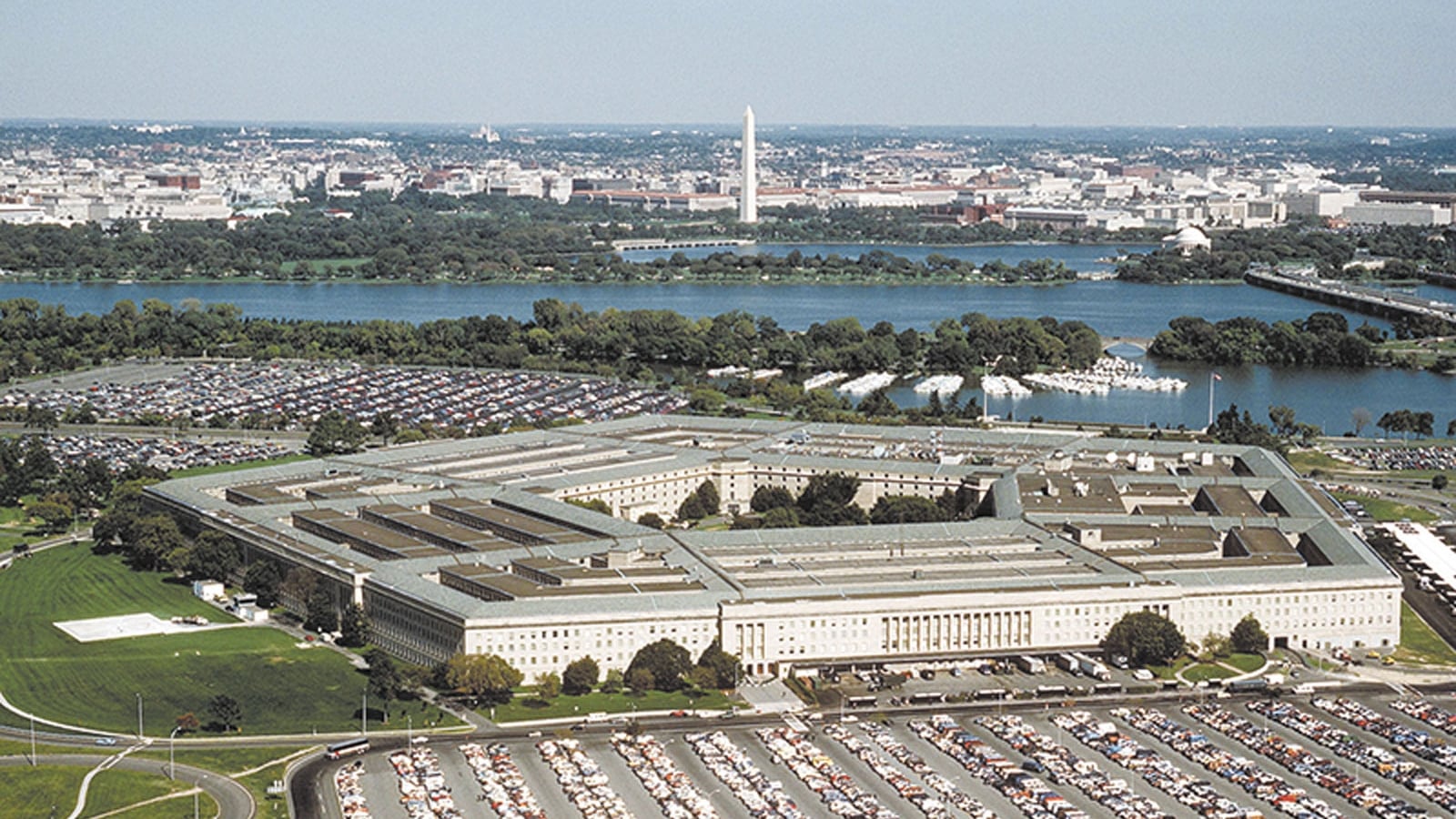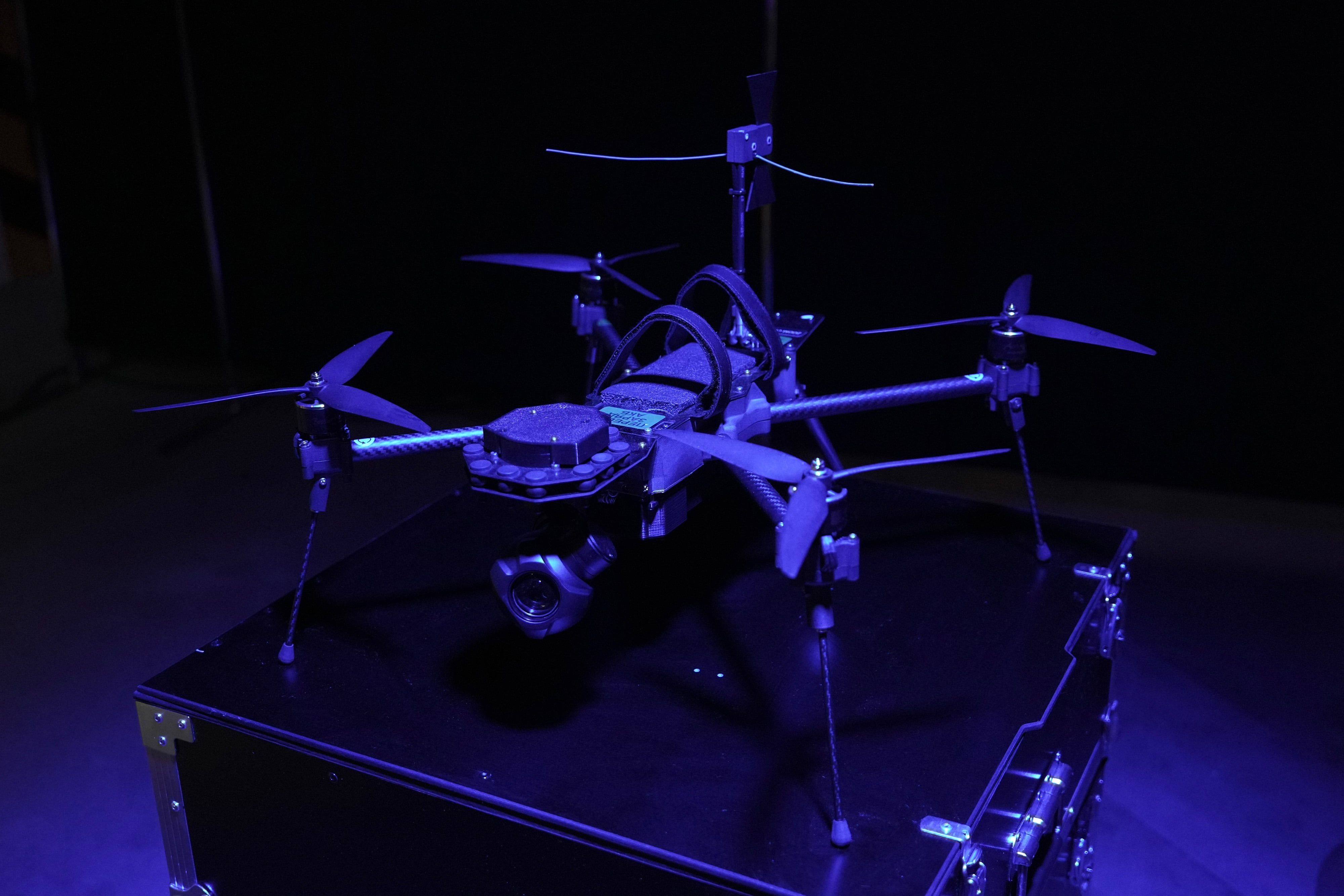WASHINGTON — The U.S. Army’s new top military IT official has its eyes on several priorities to ensure that the service is prepared for multi-domain operations.
Lt. Gen. John Morrison, the Army’s first deputy chief of staff for the G-6, a new position created after the Army announced it would be splitting its CIO/G-6 office over the summer, told reporters Tuesday that his new office will focus on strategy, network architectures, and implementation of command, control, communications, and cyber operations efforts.
To achieve that, Morrison laid out four pillars that will shape the role of the new G-6 office, which reached initial operating capability after he took over in August.
The four pillars are establishing a unified network, positioning cyber and signal forces for multi-domain operations, reforming the cybersecurity process, and driving efficient and effective investments across the network and cyber.
The unified network pillar is focused on vertical integration of the tactical network and enterprise networks to create a unified network that can meet the globally dispersed warfighting operations of the service. Right now, Morrison said, the enterprise network is focused on modernizing bases, posts, camps and installations, while the tactical network is centered around brigade combat teams.
The unified network will be “imperative” for multi-domain operations, Morrison said. His office will work with Program Executive Office Enterprise Information Systems; PEO Command, Control, Communications-Tactical; and the Network Cross-Functional Team to establish the unified network he said the Army needs to enable Joint All-Domain Command and Control.
“We break down the individual theater architectures, and we make it easy for formations that are actually in [the contiguous United States] to rapidly deploy to any area of operations and immediately plug in and start conducting operations, whether that’s in competition or conflict,” Morrison said. “That needs to be ... our goal.”
As for aligning cyber and signal forces for multi-domain operations, Morrison said that he will be looking at the training, talent management and operational frameworks while adjusting them over time to ensure those soldiers are used effectively during future battles.
“That means making sure that we have signal and cyber, underpinned by intelligence, operating in a combined arms fashion in cyberspace to include electromagnetic spectrum,” Morrison said.
The three-star also wants to take a “hard look” at the service’s risk management framework (RMF) as part of reforming and operationalizing its cybersecurity process. He wants to move the Army away from a bureaucratic system with intermittent reviews to a system where cybersecurity is baked into a system before it’s added to the network, then going back “periodically” to make sure there are no new vulnerabilities to the system.
As the service works toward enabling multi-domain operations, Morrison is also focused on ensuring that the service is making effective and efficient investments in its network and cyber infrastructure so that it can make the JADC2 concept a reality.
For example, Morrison said, his team is looking at what the joint force is doing with cyber so the Army makes investments to develop cyber capabilities that the service needs while ensuring it has links back to the joint force.
It’s especially important for the Army to be meticulous with its cyber and network investments as the Department of Defense as a whole prepares for flat budgets as the government funds are increasingly directed toward recovery from the COVID-19 pandemic, Morrison said.
“We are probably entering into a time where budgets may not be all that they have been in the past,” he said. “And quite frankly, we owe it to taxpayers to force ourselves to be efficient and effective.”
Before former Army CIO/G-6 Lt. Gen. Bruce Crawford retired, he told reporters that the Army split the CIO/G-6 office to take better advantage of technology, saying that the way his office was structured had become outdated as technology advanced.
The Army has yet to nominate a new CIO, but Morrison will work closely with the next official named to that position, he said.
“Think of it in this way, the CIO establishes the policies," Morrison said. "We’re responsible for the planning and the actual implementation of those policies, and then supporting Army organizations worldwide as they go out and actually execute the policies.”
Andrew Eversden covers all things defense technology for C4ISRNET. He previously reported on federal IT and cybersecurity for Federal Times and Fifth Domain, and worked as a congressional reporting fellow for the Texas Tribune. He was also a Washington intern for the Durango Herald. Andrew is a graduate of American University.








